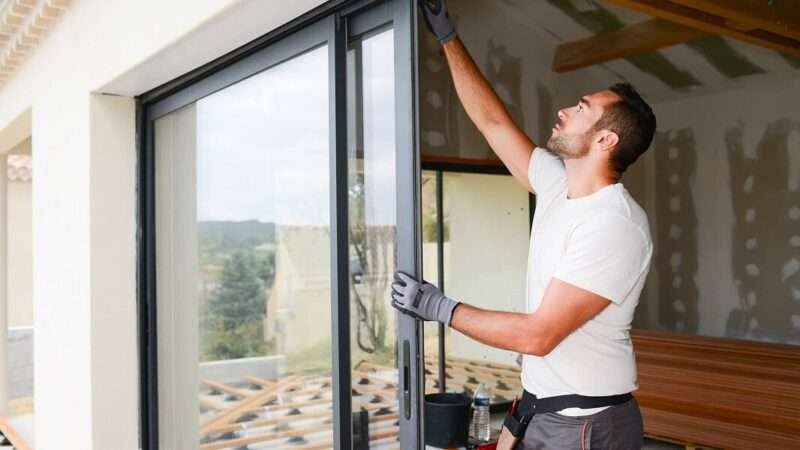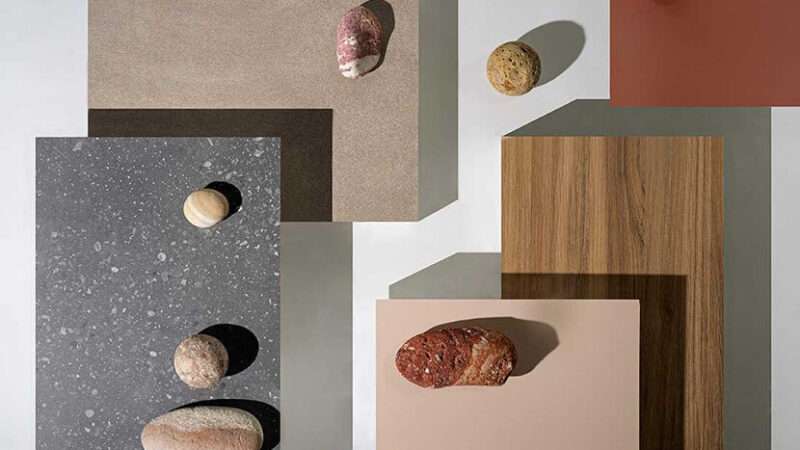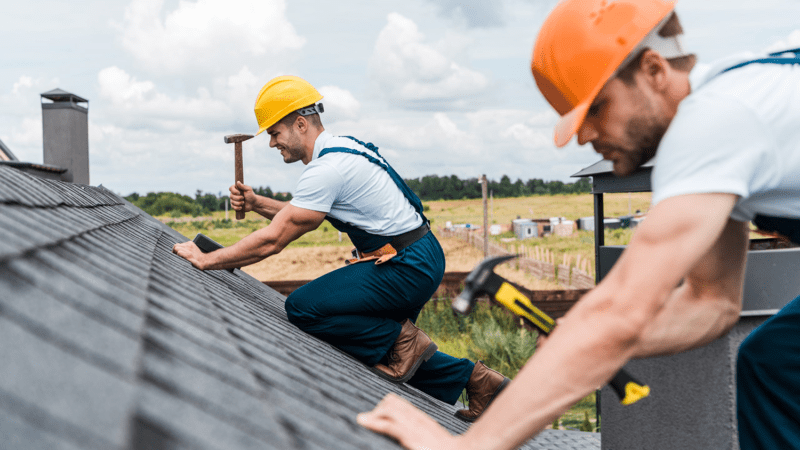5 Effective Strategies for Advanced Air Filtration System
Research has shown that indoor air is five times more polluted than outdoor air. However, it is everyone’s wish that our indoor spaces, both at home and office, have the best air quality. Thus, investing in an air filtration system is a worthy cause that ensures our indoor air quality is at its best.
Bipolar Ionization
Bipolar ionization is an advanced air filtration system that purifies air by releasing negative or positive ions. These ions cause the small pollutants to cluster into bigger articles, making them easier to capture in filters. The ionization procedure also deactivates the pathogens, including the SARS-COV-2 virus that causes COVID-19. Therefore, bipolar ionization is a strategy that can be used for advanced air filtration, although it’s essential to choose the correct ionization product.
Portable Air Purification Units
Incorporating a High-Efficiency Particulate Air (HEPA) system can be a great advancement to your air filtration system. The HEPA filtration boxes provide state-of-the-art air filtration without redesigning the HVAC system. One advantage of portable HEPA filtration boxes is that they are similar to air conditioning units. However, you might need a trained person for maintenance.
Improved Ventilation
Although this may sound cliché, improving ventilation is an effective strategy for advanced air filtration. Improved ventilation is diluting indoor air by increasing the flow of outdoor air. This can be done by opening doors and windows when the weather is appropriate. The improved ventilation can aid the already existing air filtration system, ensuring good indoor air quality. Hence, make sure your home & office are well ventilated at all times.
Source Control
Source control means controlling emissions of indoor air pollutants, removing them, or sealing them off; this is the most effective and cheap way of improving air quality. It includes enclosing asbestos, improvising a gas stove to lower its emissions, removing gaseous plants, to mention a few. Source control is the best strategy to complement other air filtration systems.
Germicidal UV
Germicidal UV-C wavelengths effectively kill pathogens by destroying their outer protein layer, making them inactive. However, UV-C light is harmful to humans and is known to have adverse effects such as cancer. Most products available are for the disinfection of pathogens on the surface, not in the air. Furthermore, this strategy is more effective for commercial use, not residential use, since they require a high amount of energy to operate.
In conclusion, deciding which of the above strategies to use for advanced air filtration will depend on the uniqueness of your building. It’s important to consider the existing air filtration system and the size of your rooms. Once you consider this, you can decide which strategy will work best for you. However, if you can’t figure out which strategy is best, you can always check it up with an expert. Eco Industry Solutions is your go-to company. They can help you improve your environment with a professional air purification solution. Visit their website ecois.co.uk for more information.






